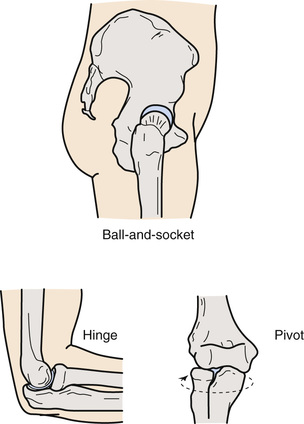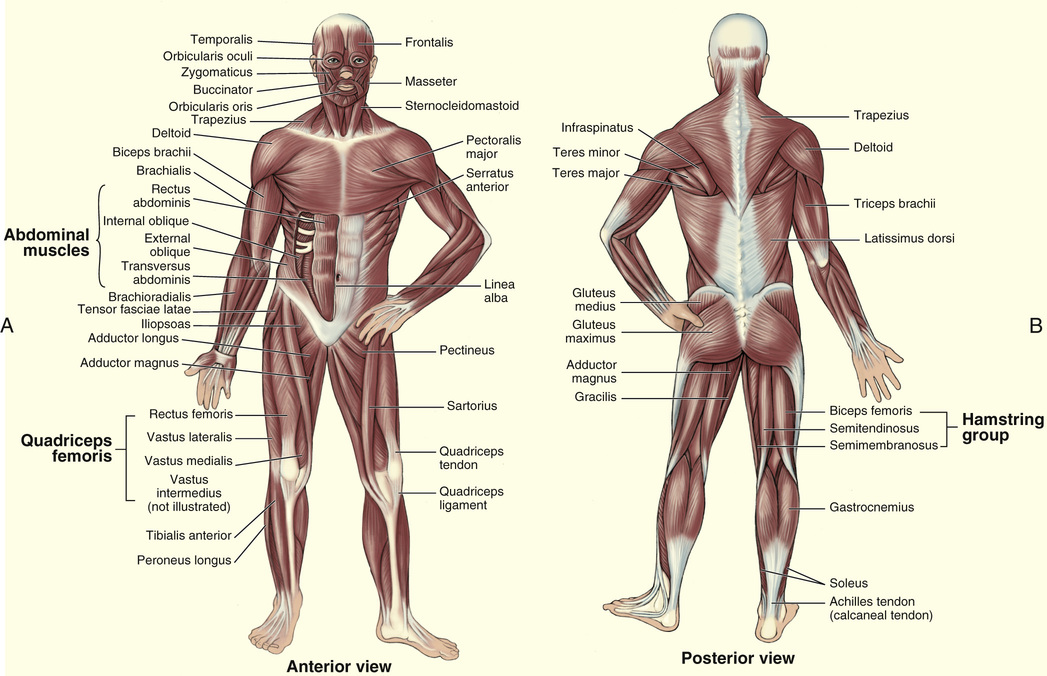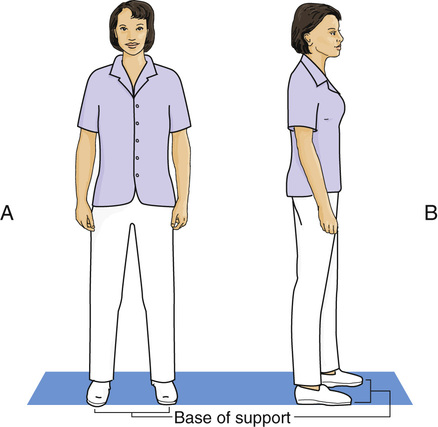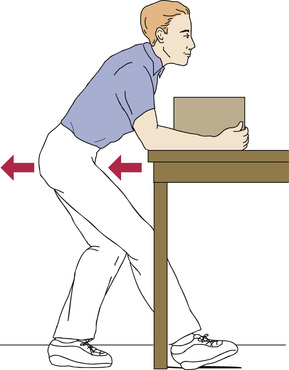Body Mechanics
Objectives
• Define the key terms and key abbreviations in this chapter.
• Explain the purpose and rules of body mechanics.
• Identify the risk factors for work-related injuries.
• Identify the activities at high risk for work-related injuries, including back injuries.
• Explain how to prevent work-related injuries.
• Identify the causes, signs, and symptoms of back injuries.
• Position persons in the basic bed positions and in a chair.
• Explain how to promote PRIDE in the person, the family, and yourself.
Key Terms
Key Abbreviations
B ody mechanics means using the body in an efficient and careful way. It involves good posture, balance, and using your strongest and largest muscles for work. Fatigue, muscle strain, and injury can result from the improper use and positioning of the body during activity or rest. Focus on the person’s and your own body mechanics. Good body mechanics reduce the risk of injury.
See Body Structure and Function Review: The Musculo-Skeletal System.
Principles of Body Mechanics
Body alignment (posture) is the way the head, trunk, arms, and legs are aligned with one another. Good alignment lets the body move and function with strength and efficiency. Standing, sitting, and lying down require good alignment.
Base of support is the area on which an object rests. A good base of support is needed for balance (Fig. 17-3, p. 252). When standing, your feet are your base of support. Stand with your feet apart for a wider base of support and more balance.
Your strongest and largest muscles are in your shoulders, upper arms, hips, and thighs. Use these muscles to handle and move persons and heavy objects. Otherwise, you place strain and exertion on the smaller and weaker muscles. This causes fatigue and injury. Back injuries are a major risk. For good body mechanics:
• Bend your knees and squat to lift a heavy object (Fig. 17-4, p. 252). Do not bend from your waist. Bending from your waist places strain on small back muscles.
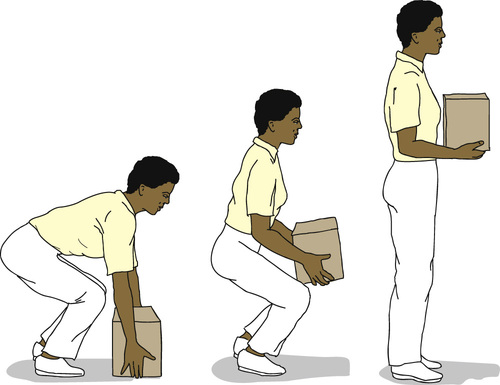
• Hold items close to your body and base of support (see Fig. 17-4). This involves upper arm and shoulder muscles. Holding objects away from your body places strain on small muscles in your lower arms.
Rules for Body Mechanics
All activities require good body mechanics. You must safely and efficiently handle and move persons and heavy objects. Follow the rules in Box 17-1.
Work-Related Injuries
Work-related musculo-skeletal disorders (MSDs) are injuries and disorders of the muscles, tendons, ligaments, joints, and cartilage. They are caused or made worse by the work setting. They can involve the nervous system. The arms and back are often affected. So are the hands, fingers, neck, wrists, legs, and shoulders. MSDs are painful and disabling. They can develop slowly over weeks, months, and years. Or they can occur from 1 event. Pain, numbness, tingling, stiff joints, difficulty moving, and muscle loss can occur. Sometimes there is paralysis.
Early signs and symptoms include pain, limited joint movement, or soft tissue swelling. Time off work is often needed.
MSD Risk Factors
The Occupational Safety and Health Administration (OSHA) has identified MSD risk factors for the nursing team. An MSD is more likely if risk factors are combined. For example, a task involves both force and repeating actions.
According to the U.S. Department of Labor, nursing assistants are at great risk.
The following tasks are known to be high risk for MSDs affecting the muscles, tendons, ligaments, joints, and cartilage.
• Transfers—to and from beds, chairs, wheelchairs, Geri-chairs, toilets, stretchers, and bathtubs
• Trying to stop a person from falling
• Picking up a person from the floor to the bed
• Lifting persons who are confused or uncooperative
• Lifting persons who cannot support their own weight
• Re-positioning a person in a bed or in a chair
• Changing an incontinence product
• Dressing and undressing a person
• Applying anti-embolism stockings
• Prolonged holding of a body part for care measures—arm, leg, abdomen, skin fold
Back Injuries.
Back injuries are major threats. Back injuries can occur from repeated activities or from 1 event. Signs and symptoms include:
These and other factors can lead to back disorders.
• Poor posture when sitting or standing
• Staying in 1 position too long
• Poor body mechanics when lifting, pushing, pulling, or carrying objects
• Poor physical condition—not having the strength or endurance to perform tasks without strain
• Repeated lifting of awkward items, equipment, or persons
• Shifting weight when a person loses balance or strength while moving
• Twisting or bending while lifting
• Maintaining a bent posture such as leaning over a bed
• Reaching over raised bed rails
• Working in a confined, crowded, or cluttered area (rooms, bathrooms, hallways)
• Fatigue
• Poor footing, such as on slippery floors
Stay updated, free articles. Join our Telegram channel

Full access? Get Clinical Tree


